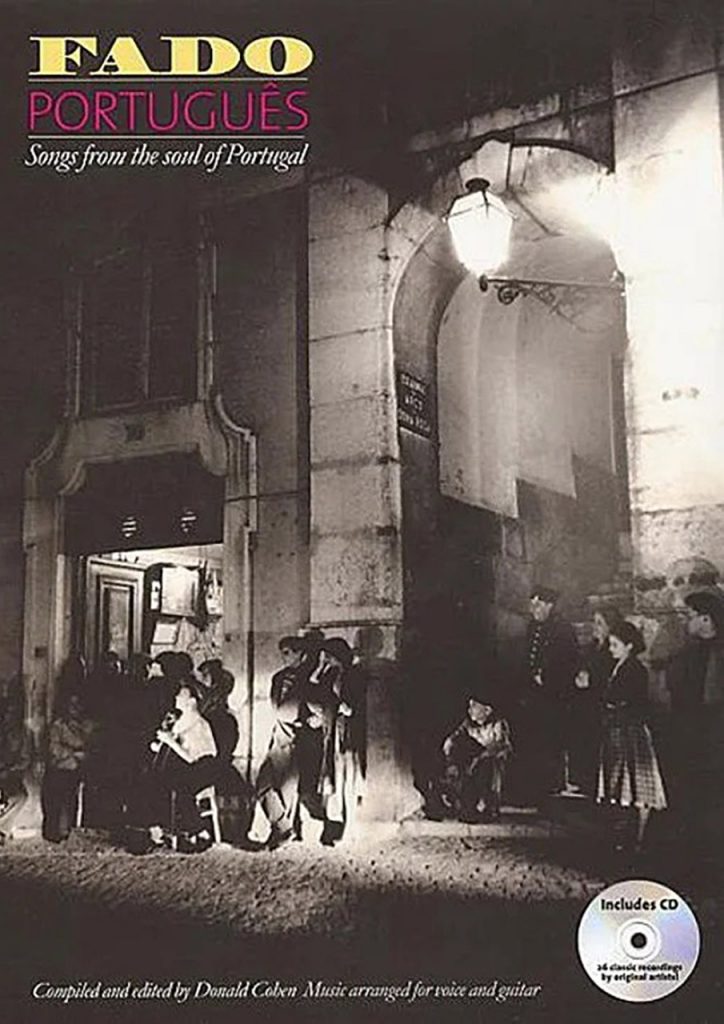Proofreading & Copy-editing
Proofreading and copy-editing are distinct stages in the publishing process.
No author, even the most experienced, ever completes a report, academic paper or website content error-free. At least, in my 20-years’ proofreading and editing, I’ve never seen this!
It should also be borne in mind that a single proofread of a sizeable manuscript or many pages of content will not catch 100% of all errors. That said, if budget restricts you to just one proofreading round, the final publication will still be significantly improved on the submitted draft. So what are the options?
Proofreading
A request for proofreading services alone typically implies the document or web content has already been copy-edited. In this case I check spelling, punctuation and grammar; I also check for wordiness and word repetition, and may suggest (other) minor alterations to the prose. I am often asked to check formatting consistency, or apply formatting across sections, tables, figures and boxed inserts (e.g. case studies). Mark-up is made through tracked changes and margin comments in Word, or PDF highlighting and ‘sticky notes’, if at the design stage.
Copy-editing
Copy-editing includes all the proofing processes described above, but also addresses logic, inconsistencies, tone and flow of the document, with alternative sentence construction and ordering of ideas suggested in margin comments (as opposed to in-text tracked changes).
Documents requiring copy-editing should be submitted in Word, Excel or PowerPoint, not as PDF. Copy-edited documents normally include margin comments for suggested improvements and will always need a further proofread once amendments are made. Many egregious and embarrassing errors have occurred in publishing because authors changed portions of text following a copy-edit without submitting for a final proofing round.
Large documents typically require at least one round of copy editing and two rounds of proofing (which of course can be split between myself and your in-house team):
- initial copy-edit and proof
- corrected draft proof
- typeset/designed copy (PDF) proof
A final-eye check of the designed and proofed PDF is standard. Jobs are priced according to word count, role in the production process, and estimation of time needed to shape the document for publication or distribution (payment transaction fees are calculated separately).
















